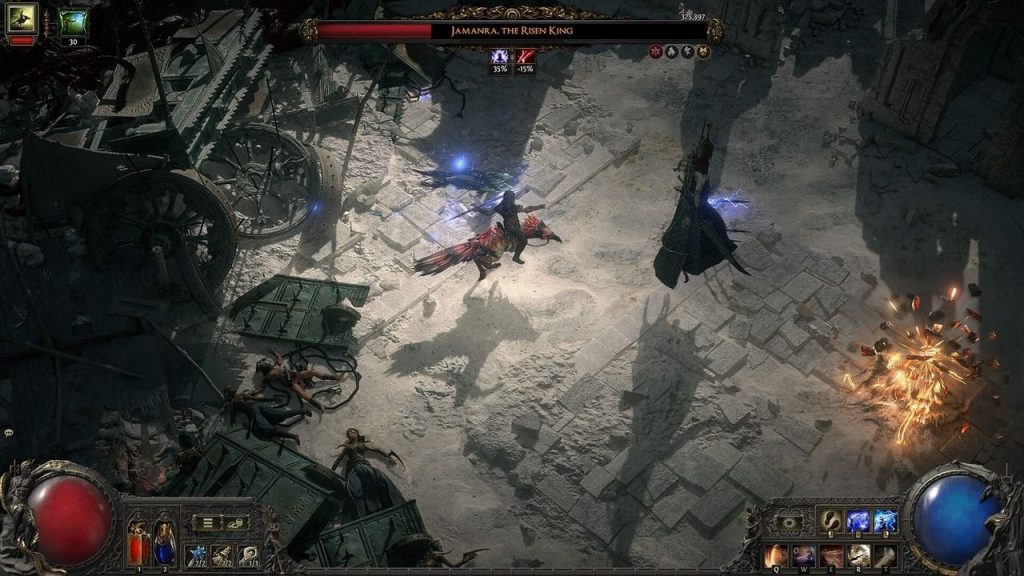Mastering the Crafting Economy in poe 2
Path of Exile 2 introduces a complex and rewarding crafting economy that has become a core part of the game’s appeal. Beyond combat and character progression, understanding how to acquire, manipulate, and optimize items is essential for success in Wraeclast. The crafting system empowers players to customize gear, experiment with builds, and strategically approach the endgame, creating a layer of depth that extends far beyond simple loot acquisition.
At the heart of the economy is currency management. Items in Path of Exile 2 are modified using a wide variety of crafting currencies, each with distinct effects on equipment. From altering a weapon’s properties to enhancing rare gear, players must decide how best to allocate limited resources. Unlike traditional RPGs where gold is the primary measure of wealth, PoE2 requires a nuanced understanding of each currency’s potential. Strategic use of these resources can drastically improve efficiency and build viability.
Crafting mechanics have been refined to allow more intentional item progression. While RNG (random number generation) still plays a role, players now have clearer tools to target specific modifiers. This enables high-level customization, whether aiming for damage boosts, resistances, or unique effects. For example, a player seeking to maximize elemental damage on a wand can combine multiple crafting currencies to increase critical strike chance, fire damage, and attack speed simultaneously. This approach rewards knowledge, patience, and careful planning, making crafted items feel like true extensions of a player’s strategy.
The role of rare and unique items has also evolved. Unique items retain their signature effects, but crafting can enhance their power and usability in ways that were previously limited. Players can now strategically upgrade base items into unique variants or amplify their intrinsic properties, creating personalized equipment that supports specialized builds. This keeps high-level gameplay engaging, as players must adapt their crafting to changing strategies and endgame challenges.

Path of Exile 2 also emphasizes the interaction between crafting and the marketplace. Players can trade maps, currency, and crafted items to optimize their own gear or acquire specific components. This dynamic economy encourages both competition and collaboration, as savvy traders can leverage knowledge of modifiers, scarcity, and demand to improve their own gameplay while helping others. Understanding market trends is almost as critical as mastering combat mechanics, particularly in endgame leagues where efficiency can make or break progression.
Another dimension of crafting is synergy with skill builds. Crafting decisions are not isolated—they must align with a character’s active skills, passive nodes, and flask setup. A build focused on poison damage, for instance, benefits from crafting weapons and accessories that increase chaos damage over time and boost critical strike multipliers. This integration reinforces the game’s core design philosophy: every choice matters, and strategy is rewarded across multiple systems.
The crafting system encourages experimentation and innovation. Players can test unconventional combinations, create hybrid gear, or optimize for niche strategies. Unlike traditional item systems, PoE2’s crafting rewards creativity, making every endgame session a puzzle of opportunity.
The crafting economy in poe 2 items sale is more than a supplementary system—it’s a fundamental pillar of gameplay. By combining strategic resource management, market interaction, and synergistic gear design, it challenges players to think critically and creatively. Mastery of crafting not only strengthens builds but also enhances the sense of ownership, allowing each player to shape their experience in the ever-evolving world of Wraeclast.